Although the step voltage potential arising between the areas of the soil as a result of a lightning strike carries a great danger, this physical effect has been studied very little.
Physics and Physiology
Step voltage is the potential difference between two areas of the soil. When the lightning strikes, the current "flows" in the soil, thus creating a high potential zone. A circuit can be formed if several conductors are located nearby. A person may become such conductor: the current enters through one leg and exits through the other, turning the body into the "electric load". This situation is extremely dangerous, since high voltage causes muscle paralysis similar to a stun gun. As a result, a person may fall on hands, and, if the lightning is multi-component, the current of subsequent discharges will go through the heart, thereby increasing the risk of a cardiac arrest. If the head touches the ground, the risk of irreversible damage to the central nervous system will increase dramatically.
In the left picture, you can see a model of the step voltage distribution. The lightning strike directs the current to the soil and it "flows" in the conditional radii of the soil resistance (dI), thus increasing the voltage (dV). Potential difference between the radii is the step voltage. The higher the lightning current, the higher the voltage and the potential lethal rate
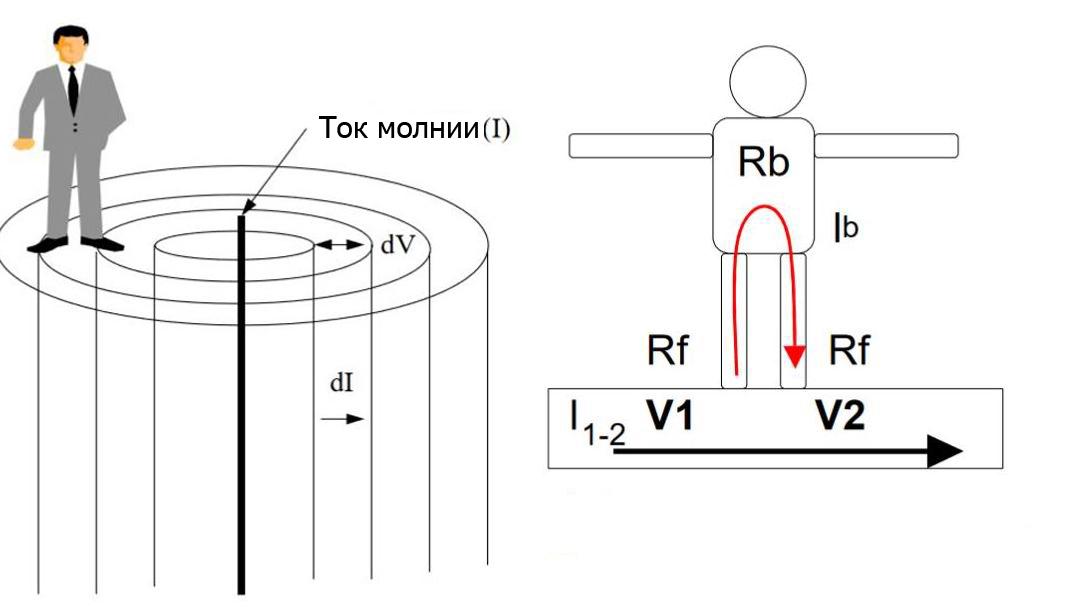
Ток молнии - Lightning current
In the right side of the picture, you can see a schematic representation of the step voltage effect that creates a load through the legs (a red arrow); for this reason, it was called a step voltage. A typical lightning may carry dozens thousand of amperes of current (I1-2), as a result of which the potential difference (V1-V2) may exceed dozens thousand volts. Since the voltage difference between two points (legs) exists, the human body is a complex electrical resistance that functions as the load. In this case, the current (Ib) passing through the body depends on the foot (Rf) and body (Rb) resistance.
The lightning strikes, including the step voltage, have unique "physiological features". This is primarily associated with the fact that lightnings, although they carry enormous energy, but it is released in a very short time interval, i.e. 1/10,000–1/1,000 second. Such strikes rarely cause strong burns and damages of internal organs as in case with the current strikes from a conventional electrical equipment. But the lightning can affect the heart and nervous system, including the peripheral nerves. Therefore, the consequences of the step voltage shock may be surprisingly strong and diverse: from cataract, extremity paralysis and chronic pains to sleep and mental impairments, loss of hearing, memory, etc. The most common death reason is cardiac arrest.
In his webinars for the lightning protection designers, Dr. Sc. (Eng.), Prof. Eduard Meerovich Bazelyan repeatedly noted the lack of a clear definition of the dangerous value of the step voltage. Thus, it is known that the pulse lightning exposure of 6 kV may cause heart fibrillation and possible heart beating arrest. But the human body physiology is complex, and even smaller exposure may cause severe injuries and lead to death. In case of cardiac pacemakers and other channels of a direct current access to the cardiac muscle, sometimes a short-time exposure of 1 mA is enough for fibrillation. And a high resistance of a dry skin is not a reliable protection. It is even more complex with the step voltage, since the current usually flows through extremities, and joints have a higher resistance than vessels and muscles. Due to this, the tissues near joints may be severely damaged, which leads to disability. A good illustration of the great power of the step voltage is a case when many deers died in Norway during the storm. The lightning strike killed 323 wild deers in the area of about 50 meters.

An incident in the Norwegian National Park Hardangervidda is the most massive known case of animal deaths caused by a single lightning strike. The shock was caused by the step voltage
Animals are more susceptible to step voltage since their legs are located far, and the potential difference will be more than in a walking person. The landscape in the Norwegian park is stony, i.e. the soil resistivity should be high. As a result, the voltage has increased rapidly and distributed in the large territory: the animals died immediately at the distance of dozens meters from the lightning strike point.
Protection Distance and Structure
The theory is very important, but for the practice, a key parameter is a distance from the lightning arrester, at which the step voltage is absolutely safe. This is required, e.g. for calculations of the frequency of installation of lightning arresters and voltage-disseminating grids. Unfortunately, we have few of such detailed research into the subject, but the military have made a large contribution to this area of knowledge about lightnings. This is explained by the fact that in the armies of different countries, the cases are often when the lightning strikes into the lightning arresters of missiles warehouses, near the tents and the machines full of military officers, and this is in different climatic zones and weather conditions. The detailed cases allowed to collect the useful statistics.
Thus, the recommendations of the American Army TRADOC on the measures to protect against lightnings in 2002 state the deaths from the step voltage upon the lightning strike at the distance of about 10 to 20 m from the lightning point. And the majority of lightning strike cases are not direct discharge strikes but the exposure of step voltage and arc discharge from objects.
The issue of calculating the expected value of step voltage is solved using a special software and the respective specialist services.
It is clear that the prevention of the potential difference is the best protection against the step voltage. Thus, the birds are safe when they sit on a single phase wire and do not touch another one. The best protection is provided by a metal building floor or a fully metal structure that is kind of a Faraday cage. But this is not always possible. Therefore, in order to create the equal potential zone and provide the lightning current dissemination, the metal grids laid into the earth are used. The dielectric material located above can improve the protective effect. This will allow reducing the current on the surface touched by the people to the maximum extent.
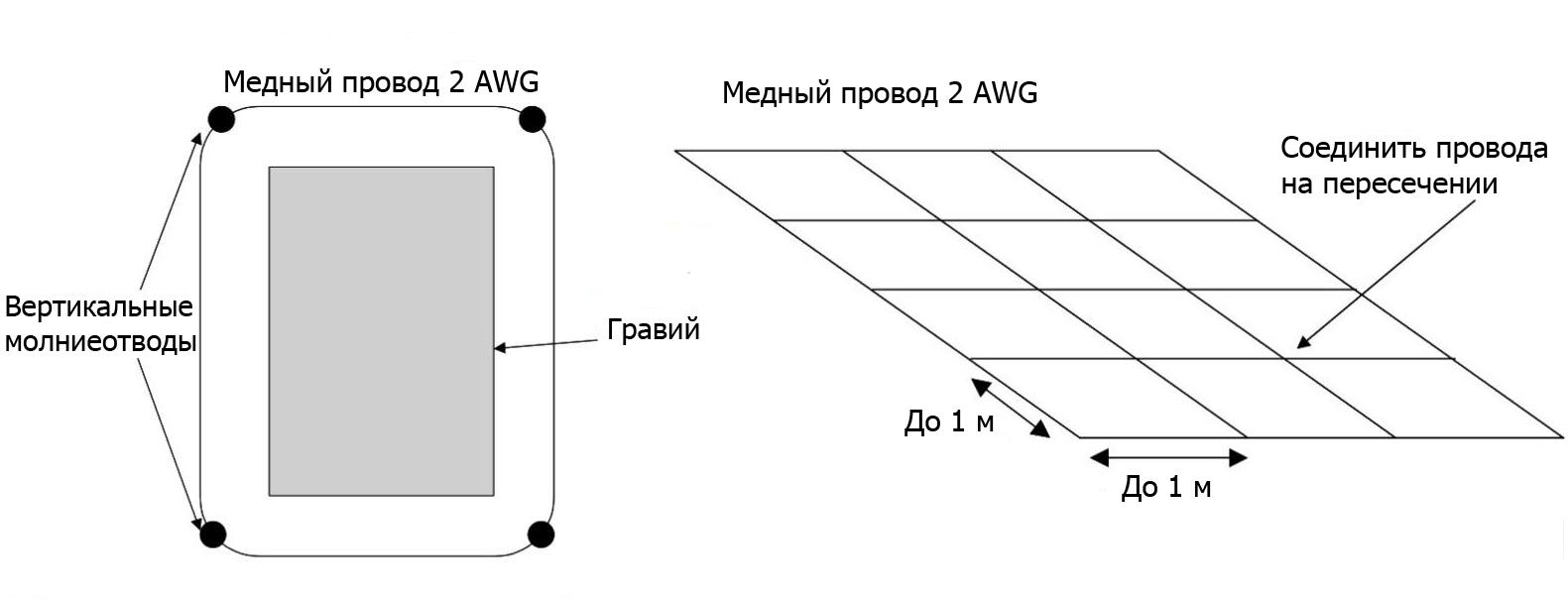
Вертикальные молниеотводы - Vertical lightning arresters
Медный провод 2 AWG - Copper wire 2 AWG
Гравий - Pebble stones
До 1 м - Up to 1 m
Соединить провода на пересечении - Connect wires in the crossings
In the military regulations, to protect against the lightnings, simple illustrative schemes of a structure and location of the lightning protection with the elements (grid) disseminating the current are provided. Similar lightning protection systems may be quickly assembled with the ready-made components.
In the locations where a concrete floor is used, the use of grid of reinforcement is permitted, but it should be securely located to each other and connected to earthing. The example of the grid use in the soil are stadiums that were built for the 2018 Football World Championship in Russia. At these objects, a grid with square cells of 0.15 m was used. Professor Eduard Meerovich Bazelyan notes that tests of this protection have demonstrated its high reliability. But the protection of large territories using a grid is expensive, which often results in the incautious aspiration to save on the lightning protection. This is unacceptable, if we are talking about the public places, SFM or toxic substance warehouses, etc.
How to Leave, Not Stay?
We can reduce the probability of the step voltage shock by sticking to the behaviour rules in a dangerous zone. Let us think of the birds sitting on the power line. We have to get rid of the potential difference in a similar way. To do this, we have to minimize the distance between our feet and do not touch the earth and objects (steel supports, reinforced concrete walls, etc.) with hands. In a no-win situation, when the storm has caught you near lightning arresters or high objects, it is better to move aside with very short goose-like steps. Sometimes, it is recommended to stay on one foot; however, such instable body position may result in the fall on hands or an instinctive wish to touch anything. As we remember from the information in the physiology section, we must not allow for the current flowing through the circuit composed of the head-leg or hand-leg because the current may damage brain or heart. Therefore, when absolutely necessary, it is better to stay on tightly closed feet than to balance on one of them.
Stone, frozen and other soil types with high resistance are especially dangerous due to their low conductance. Lightning strikes into such soils result in very high voltages. With the width of a typical step, a person may be exposed to the voltage of dozens thousand volts.
It is also dangerous to be near the buildings, since the step voltage may be distributed from the foundation. The chart below shows that, at the distance of 5 m from the reinforced concrete foundation plate, the step voltage is 4.5 kV with the rated earthing resistance.
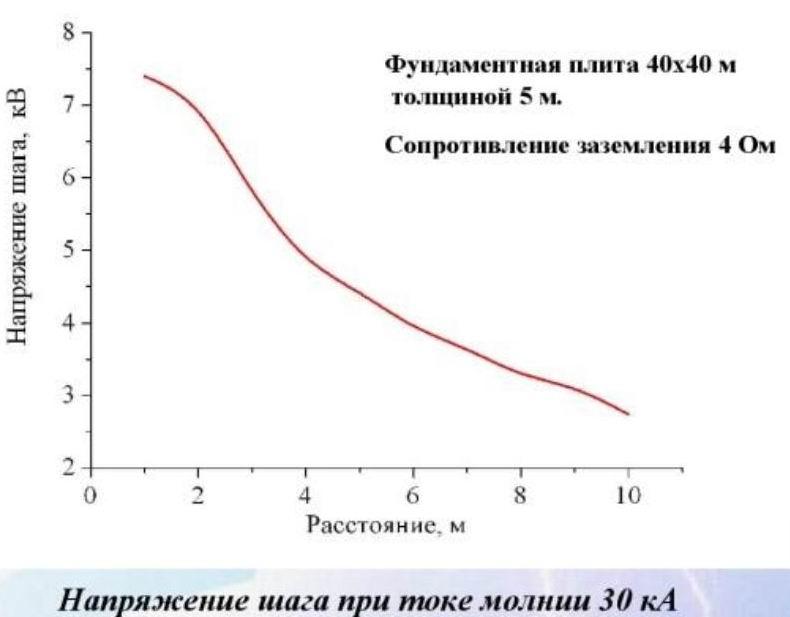
Напряжение шага, кВ - Step voltage, kV Расстояние, м - Distance, m Напряжение шага при токе молнии 30 кА - Step voltage with the lightning current 30 kA Фундаментная плита 40х40 м толщиной 5 м. - Foundation plate 40 x 40 m with the thickness 5 m. Сопротивление заземления 4 Ом - Earthing resistance 4 Ohm
The best option is to hide inside the building or in a vehicle with the metal body from the lightning. And in case of the strike, you should not give drink to the injured person, since this may aggravate the possible brain swell.
Prevention and Awareness
Thus, the step voltage is still a dangerous "side effect" of the lightning strike. The impact of multiple microsecond pulses of such voltage on the body is little-studied. Therefore, you should have a special care to the lightning protection and to the training in the behaviour rules if the risk of the lightning step voltage exposure is present.
Related Articles:
 Grounding in the cellar of the single-family house - is it possible?
Grounding in the cellar of the single-family house - is it possible?
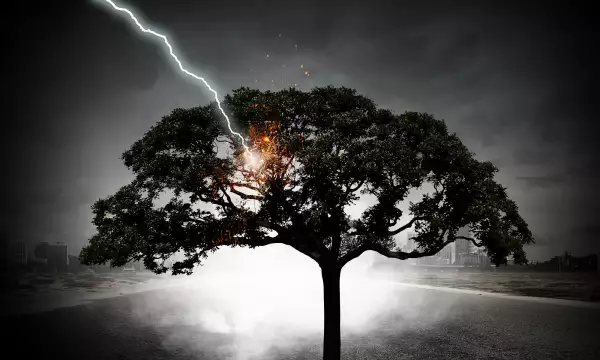 Five Most Dangerous Effects of Lightning
Five Most Dangerous Effects of Lightning
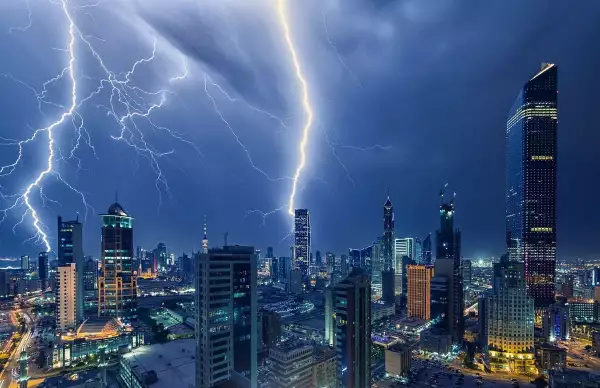 Is Lightning Dangerous in a Large City?
Is Lightning Dangerous in a Large City?
 Lightning Protection of Large Territories: Parks, Grounds, Plant Territories. Page 1
Lightning Protection of Large Territories: Parks, Grounds, Plant Territories. Page 1

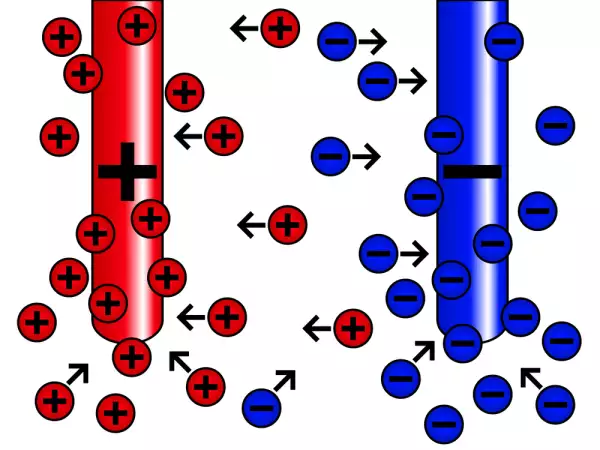 Nature of Electrochemical Corrosion
Nature of Electrochemical Corrosion
 Public Safety in Land Transport in case of Direct Lightning Strike
Public Safety in Land Transport in case of Direct Lightning Strike

